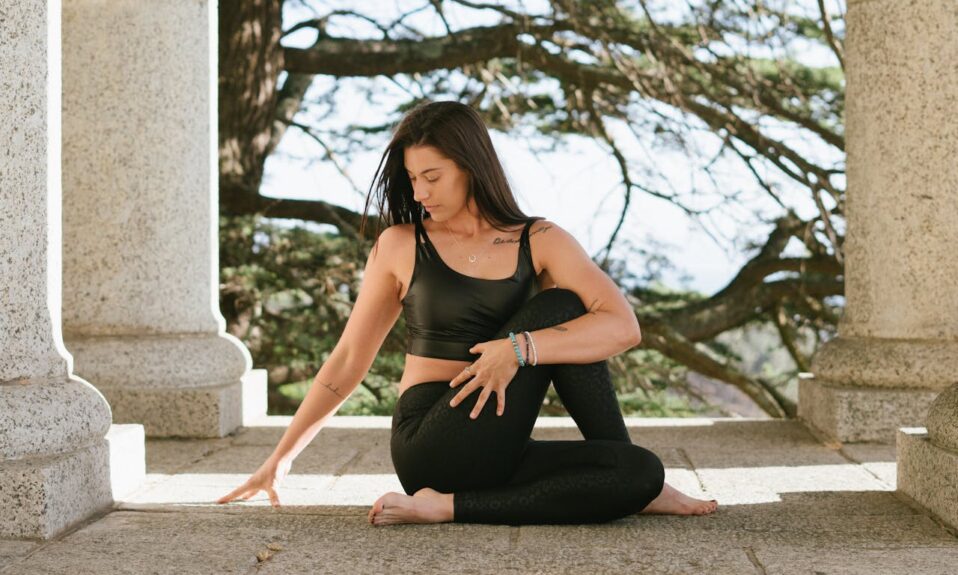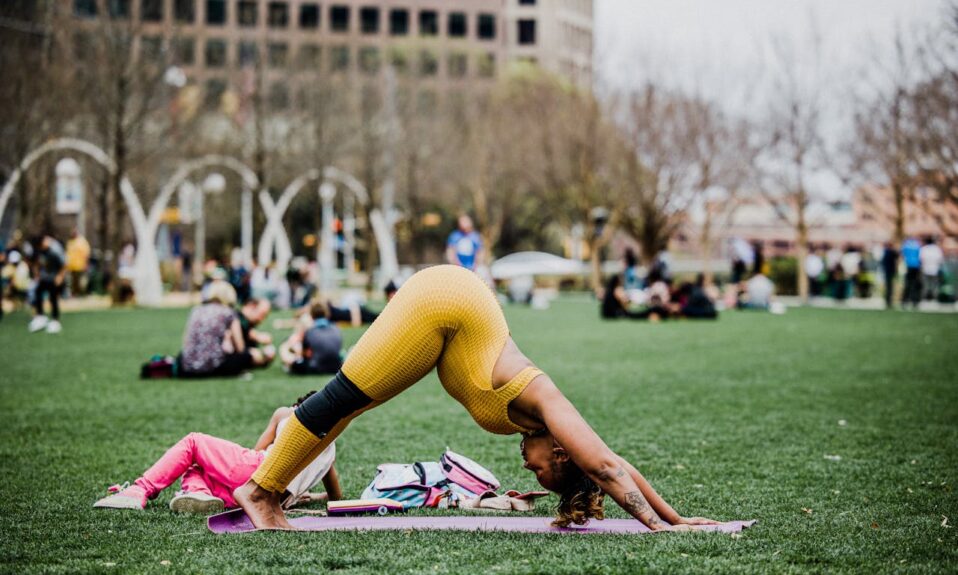In this article, we will discuss everything you need to know about planning the perfect yoga retreat. Whether you’re an experienced yoga instructor or a beginner looking to organize a peaceful getaway, we’ve got you covered. From choosing the right location to creating a balanced schedule, this guide will help you plan a rejuvenating and successful yoga retreat.
How to Choose the Perfect Location
When planning a yoga retreat, one of the most important decisions you’ll make is choosing the right location. Whether you’re considering a tropical beach, a serene mountain retreat, or a tranquil forest setting, it’s essential to select a location that aligns with the goals of your retreat. Consider the overall atmosphere, accessibility, and available facilities before making a decision. Once you’ve chosen a location, it’s also important to consider factors such as accommodation options, proximity to nature, and local attractions that can enhance the retreat experience.
For a yoga retreat, the natural surroundings play a significant role in fostering a sense of peace and relaxation. Look for a location that provides access to natural elements and promotes a sense of tranquility. Additionally, consider the climate and time of year when planning your retreat, as weather conditions can impact outdoor activities and overall comfort.
Creating a Balanced Schedule
A well-structured schedule is essential for a successful yoga retreat. When planning the daily itinerary, it’s important to create a balance between yoga sessions, meditation, free time, and optional activities. Start each day with a gentle yoga session to help participants wake up and set a positive tone for the day. Throughout the day, incorporate meditation sessions, workshops, and free time for relaxation and exploration.
Offering a variety of activities allows participants to personalize their experience and create a well-rounded retreat. Consider offering optional excursions, such as nature hikes, sightseeing tours, or cultural experiences, to enrich the overall retreat experience. Encourage participants to choose activities that align with their interests and desires, and allow for flexibility in the schedule to accommodate individual needs.
Nourishing the Body with Healthy Food
Healthy and nourishing food is an essential element of a yoga retreat. When planning meals, consider providing a balanced and wholesome menu that caters to a variety of dietary preferences and restrictions. Incorporate fresh and seasonal ingredients to create nourishing meals that support the practice of yoga and enhance overall well-being.
Additionally, consider including cooking demonstrations, nutrition workshops, and mindful eating practices to educate participants about the importance of nourishing the body with healthy food. Encourage communal dining experiences that promote connection and mindfulness, and consider offering options for participants to engage in gardening or farm-to-table experiences to deepen their understanding of food and sustainability.
Establishing a Sense of Community
A supportive and inclusive community is vital for a successful yoga retreat. Create opportunities for participants to connect, share experiences, and build meaningful relationships during the retreat. Consider incorporating group activities, team-building exercises, and communal gatherings to foster a sense of community and belonging.
Encourage open communication, active listening, and authentic expression to create a welcoming and supportive environment for all participants. Provide opportunities for group discussions, sharing circles, and collaborative activities that promote connection and unity. By establishing a strong sense of community, you’ll create a safe and nurturing space for participants to explore their yoga practice and deepen their personal growth.
Conclusion
Planning the perfect yoga retreat requires careful consideration of various elements, including location, schedule, food, and community. By choosing a serene and suitable location, creating a balanced schedule, offering nourishing food, and fostering a sense of community, you can ensure a rejuvenating and enriching experience for participants. Whether you’re organizing a retreat for seasoned yogis or beginners, this guide provides valuable insights to help you plan a memorable and transformative yoga retreat.
FAQs
1. How do I choose the perfect location for a yoga retreat?
When choosing a location for a yoga retreat, consider factors such as overall atmosphere, accessibility, natural surroundings, accommodation options, and local attractions. It’s essential to select a location that aligns with the goals of your retreat and promotes a sense of peace and tranquility for participants.
2. How can I create a balanced schedule for a yoga retreat?
To create a balanced schedule for a yoga retreat, incorporate a mix of yoga sessions, meditation, workshops, free time, and optional activities. Start each day with a gentle yoga session and allow for flexibility in the schedule to accommodate individual needs and preferences. Consider offering a variety of activities to enrich the overall retreat experience.
3. What should I consider when planning meals for a yoga retreat?
When planning meals for a yoga retreat, consider providing a balanced and wholesome menu that caters to a variety of dietary preferences and restrictions. Incorporate fresh and seasonal ingredients, offer cooking demonstrations and nutrition workshops, and encourage communal dining experiences to promote connection and mindfulness.
4. How can I establish a sense of community during a yoga retreat?
To establish a sense of community during a yoga retreat, create opportunities for participants to connect, share experiences, and build meaningful relationships. Incorporate group activities, team-building exercises, and communal gatherings to foster a sense of community and support. Encourage open communication, active listening, and authentic expression to create a welcoming and nurturing environment.
5. What is the significance of fostering a sense of community during a yoga retreat?
Fostering a sense of community during a yoga retreat is essential for creating a supportive and inclusive environment where participants can explore their yoga practice, deepen personal growth, and build meaningful connections. A strong sense of community promotes unity, collaboration, and the overall well-being of participants, leading to a more meaningful and transformative retreat experience.





